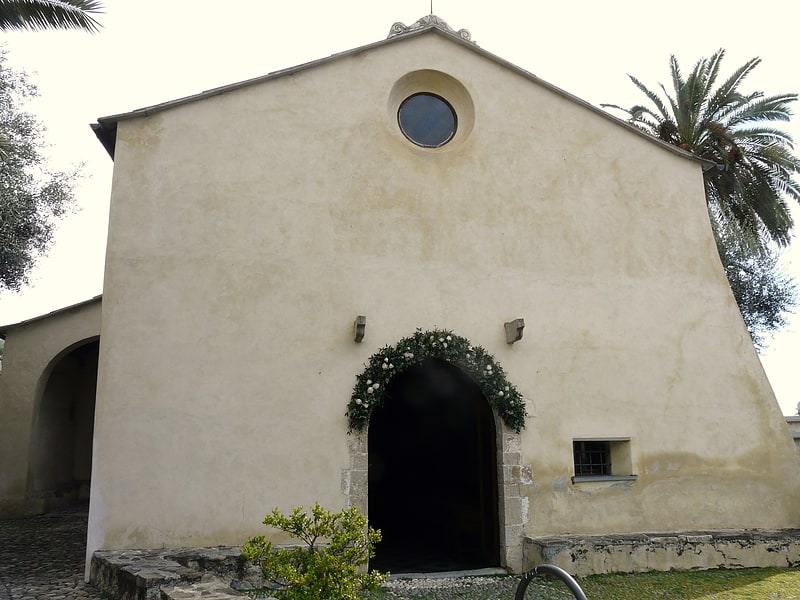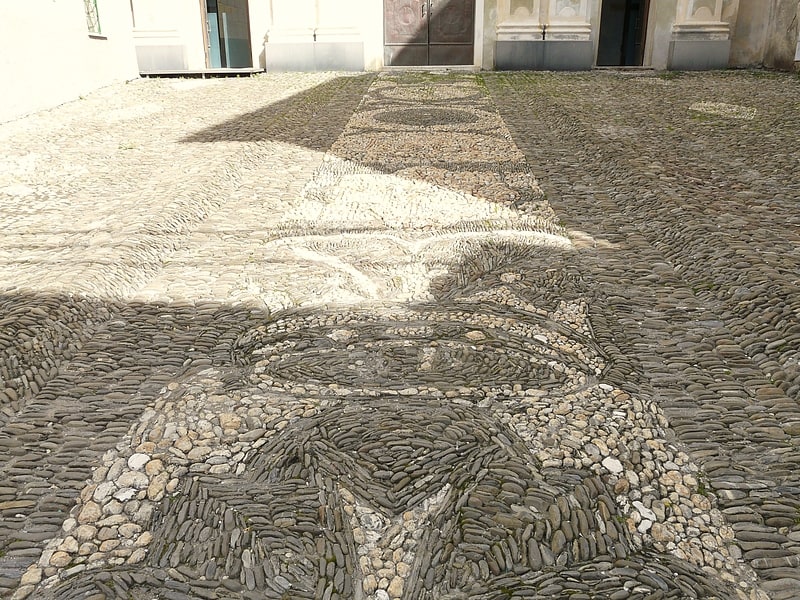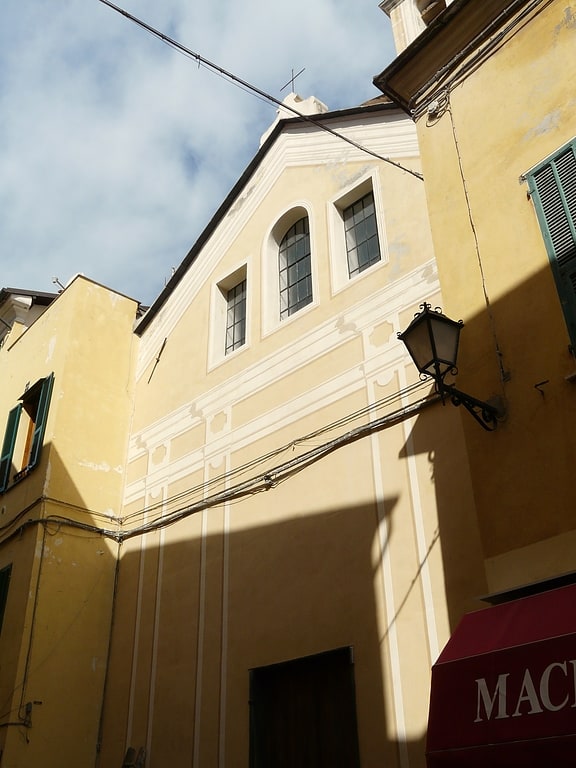Discover 4 hidden attractions, cool sights, and unusual things to do in Riva Ligure (Italy). Don't miss out on these must-see attractions: Santuario di Nostra Signora del Buon Consiglio, Chiesa di San Maurizio, and Oratorio di San Giovanni Battista. Also, be sure to include Costa Balenae in your itinerary.
Below, you can find the list of the most amazing places you should visit in Riva Ligure (Liguria).
Table of Contents
Santuario di Nostra Signora del Buon Consiglio

The shrine of Our Lady of Good Counsel is a Catholic place of worship located in the municipality of Riva Ligure, Via al Santuario, in the province of Imperia. The main feast day is celebrated on the Sunday following April 26 on the feast of Our Lady of Good Counsel.
Address: Via Allavena 8, 18015 Riva Ligure
Chiesa di San Maurizio

The Church of Saint Maurice Martyr is a Catholic place of worship located in the municipality of Riva Ligure, in Piazza della Chiesa, in the province of Imperia. The church is the seat of the parish of the same name of the Levante and Valle Argentina vicariate of the diocese of Ventimiglia-San Remo.
Oratorio di San Giovanni Battista

The Oratory of Saint John the Baptist is a Catholic place of worship located in the municipality of Riva Ligure, on Nino Bixio Street, in the province of Imperia.
Costa Balenae

Costa Balenae is an archaeological site located along the ancient route of the Via Julia Augusta near the mouth of the Argentina stream, mentioned both on Antoninus' itinerary and on the Peutingerian Table, on the latter as Costa Bellene. It is also called the Archaeological Area of Cape Don.
The toponym of Costa Balenae could derive-according to some studies-from the Ligurian deity Belenus, linked to the fertility cult and assimilated by the Romans to the god Apollo, while another, less documented version reports the connection of the toponym to King Belo, father of Dido, of Phoenician origin. Located in the present territory of the municipality of Riva Ligure, formerly in an intermediate position between Lucus Bormani (a site between San Bartolomeo al Mare and Diano Marina, perhaps near the sanctuary of Nostra Signora della Rovere where archaeological excavations have been carried out) and Albium Intemelium (present-day Ventimiglia), it is believed to have been founded shortly after the victory over the Ligurians reported in 181 BC by the consul Paulus Aemilius.
Close to the sea, it had a small landing place and was mainly used as a road station for changing and stopping horses and for goods to and from Gaul. Numerous coins and medals found on site suggest that Costa Balenae remained very active throughout the Roman Empire: recent excavations, conducted by the Pontifical Institute of Christian Archaeology (still in progress), have confirmed this hypothesis and the near certainty of a continuity of life in the settlement from the second or first century B.C. (the remains of a Roman villa, only partially excavated, would date to this period) to the third or fourth century A.D. The Christianization of the site can be dated to the latter centuries, but the archaeological traces found date at most to the first half of the 6th century, when it is erected, probably at the behest of the bishop of Albenga in whose jurisdiction the area fell, the so-called "basilica of Capo Don," including an octagonal-shaped baptistery, perfectly preserved (resurfaced already with the 1937 archaeological excavations conducted by Nino Lamboglia) and typical of the early Christian period like those, very similar, found in the Roman cities of Albium Ingaunum and Forum Julii); in addition there is a conspicuous burial area (inhumations of different types have been brought to light), a further sign of a well-organized center used with continuity, with successive modifications and narrowing of the buildings, until the 10th century, perhaps in part even until the 12th century if we are to take into account the presence, on the high ground behind the site (the Grangia), of a Benedictine monastery under the dependence of Genoa, attested until the 14th century. The decline of the settlement is probably to be ascribed to a combination of causes: the formation of new settlements in the vicinity, the reorganization of religious institutions in western Liguria, changing traffic and transport routes, and the violent incursions of the Muslims stationed in the south of France at Frassineto.
Edward and Margaret Berry in their "At the Western Gate of Italy" (1931) also mention this important station on the Via Julia Augusta.